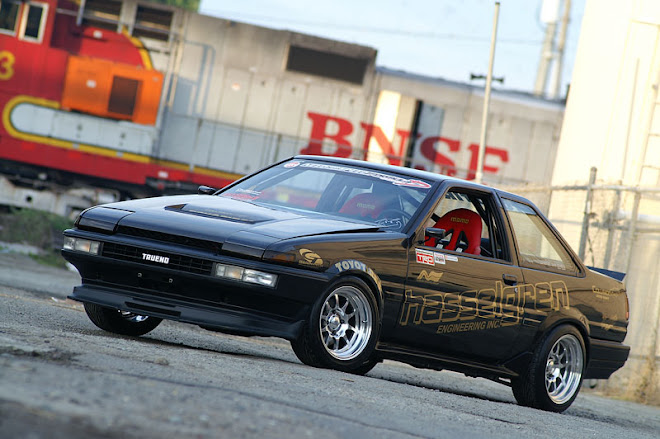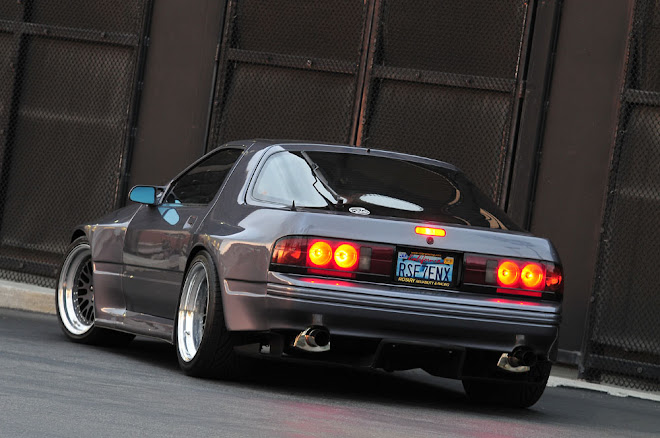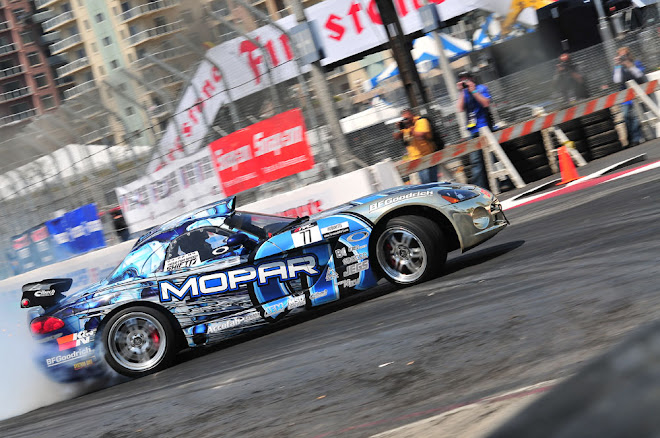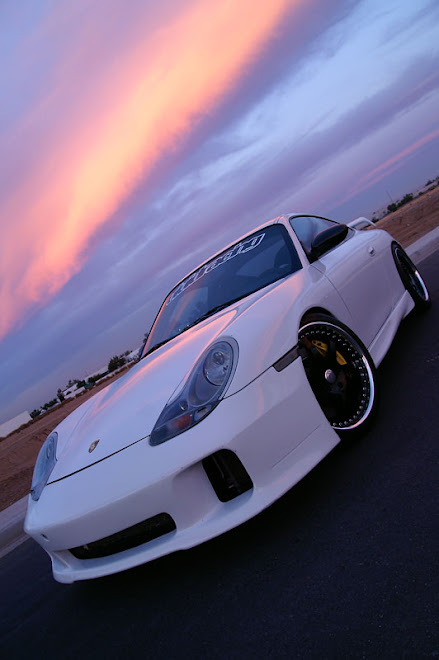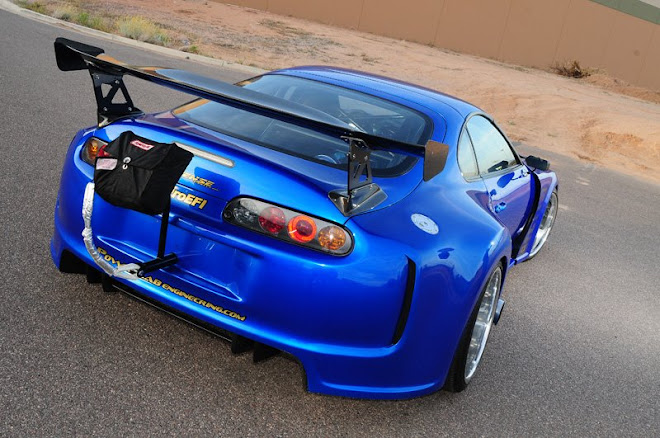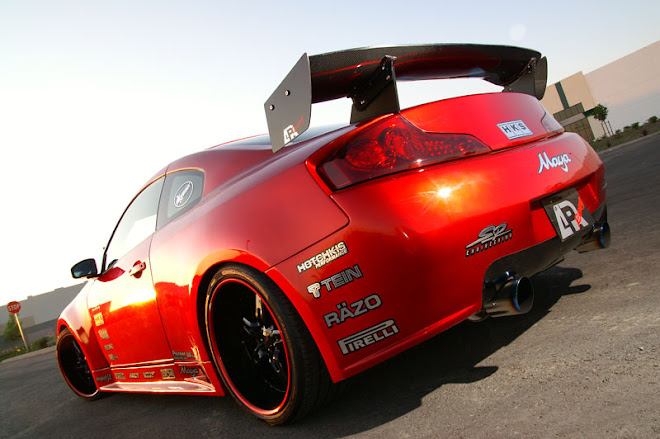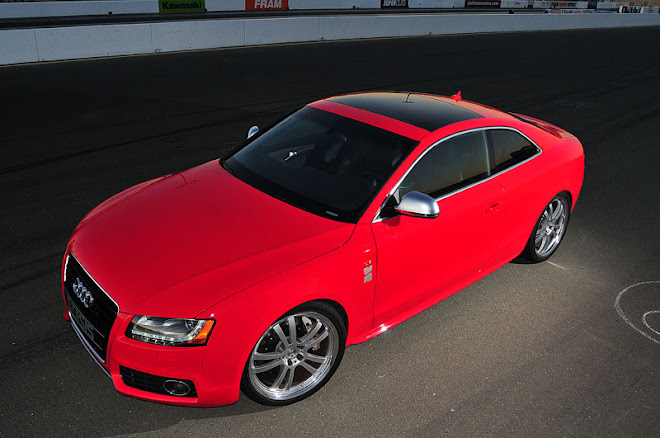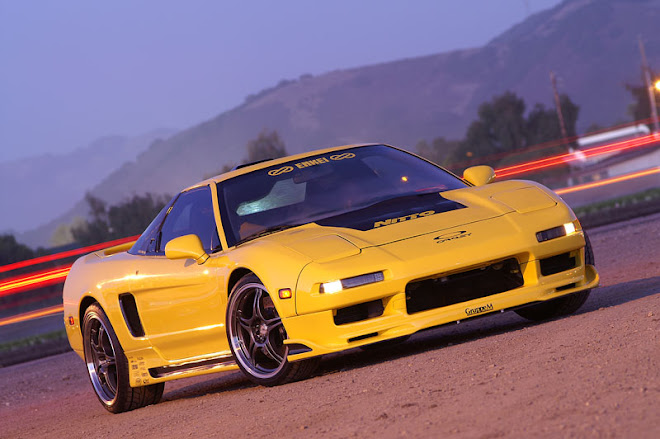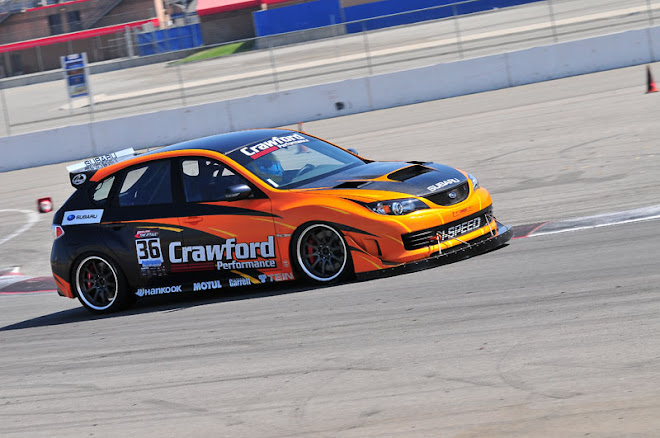The big news since the last time I bothered to update this blog, has been the introductions of the Nikon D4 and the Canon 1DX. Nikon's built one heck of a flagship DSLR and they're undercutting Canon's price by about $500 or so. Now, to a pro that's not much money for a device which will last 4 years or so. About $.34 per day actually. Is that a big enough difference to make someone who has invested in the Canon lens system jump ship? No. Is it enough to sway new buyers? Certainly. That's where Nikon's hoping to gain ground on Canon's HD video lead. Make no mistake, this really is the first salvo of a price war.
The second salvo should land on February 7th, if Nikonrumors.com is correct about the launch date for the D800. With a reported 36mp, this is probably a development of the Sony EXMOR-R sensor, using Sony's "backlit sensor" architecture. I believe I read the original tech paper from Sony back in 2008, a relative eternity in sensor years, but all references to a 36mp EXMOR-R sensor have been scrubbed from Sony's website. There's plenty about the EXMOR-R, but no mention of total megapixels, leading me to believe that current in-development sensors are far beyond 36mp right now. If I were a betting man, I'd say Sony's playing around with sensors in the 48-60mp range, on a 36mm wide sensor. With the ability of the backlit sensor to gather light, cutting the pixel size in half is not as big of an issue as it once was. Why not say this now? Simple, because Nikon's about to release a 36mp D800, and since Nikon's buying the sensors, they do not want Sony talking about what could be upcoming, even in a distant future.
There's even been some talk that there will be two D800s released; one at 36mp without an anti-aliasing filter, the other at a lower resolution (possible using the D4 sensor, but slower speed processing and operation). With the D300S and D700 being listed as "discontinued" on Nikon's global corporate site, I think the D400 might become a 16mp FX body, leaving the D7000 as the hi-res APS-C sensor prosumer body. If the D7000 is selling well, why cannibalize its sales with an up-market D400? I, for one, would welcome an FX D400 as an "entry-level FX body" without some of the robustness of the D4. As long as it offers the pop-up flash and wireless flash control of the D300/D300S/D700 bodies, I could see it as a sub-$2000 FX market monster.
This would leave the D800 positioned as the FX challenger to the Canon 5D mkII and mkIII bodies, probably priced in the sub-$3000 price range, if not by much. A DX-sensor D400 would have to come in with 18-24mp to upstage the D7000, and above 18mp, might take a hit in the image quality department due to anti-aliasing filter requirements for smaller pixels; see Canon 7D image softness complaints. To an extent, this can be processed out but all things equal, prosumers would likely be happier with very sharp 16mp FX sensor output than slightly soft 18-24mp images which have to be processed more. And THAT is what an entry-level prosumer DSLR should produce; clean, sharp, colorful images straight from the body.
A D800 with 36mp will begin to challenge the limitations of lenses revealing flaws in your lenese you never thought they had. Such is the nature of technological advance. I think Canon has the advantage here with their Florite glass. Nikon, leveraging Sony's technical might and sensor-producing talent, might be poised to "upset the apple cart" with these next two cameras buy going both for a hi-res 36mp non-anti-aliasing body, and a "lower cost FX body". I've long argued privately that Canon should have produced an "Rebel FX" with their 12.8mp sensor from the original 5D. The popularity of 35mm film cameras wasn't just because they could take snapshots, it was because they could capture artistic photos with terrific out of focus backgrounds. They could use amazingly-sharp professional lenses, slapped onto a body which was less durable than a professional's unit, but which could still get the job done for intermittant family. Many of those durable film bodies are still working today. This is what the market needs. Will it be Canon, or Nikon, who delivers it first?
Friday, January 27, 2012
Subscribe to:
Posts (Atom)

